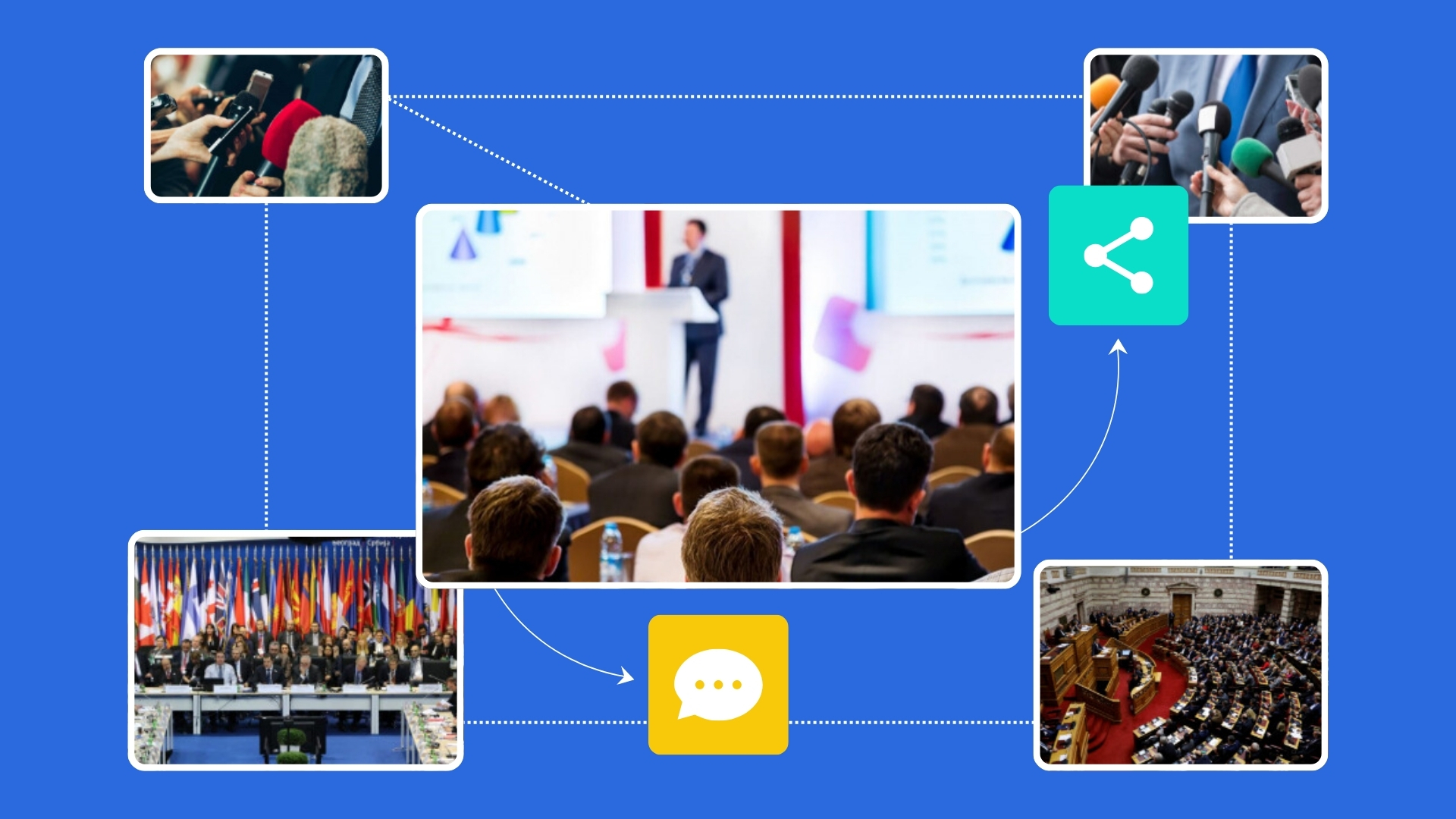In today’s digital age, effective two-way communication is essential for the success of any organization, and public entities are no exception. Video Engagement for public entities has become a powerful tool for connecting with the public, informing about initiatives and services, and fostering citizen participation.
Consumer expectations have evolved. They are no longer content to be passive spectators, but rather seek to be part of it through interactive and personalized experiences.
Organizations and entities must now focus and strive to establish genuine connections with their audience and communicate their purpose effectively, as a lack of authenticity and closeness can have a negative impact.
The solution to stand out, connect with the audience, and improve the results of audiovisual content is Video Engagement, a new concept that has been gaining relevance in recent times and whose ultimate goal is to maximize audience engagement. Video Engagement helps any content creator stand out and differentiate themselves from the rest, achieving more attention and involvement from their audience, arousing more emotions, reinforcing brand positioning, and ultimately, making content strategies more effective and achieving better results.
Why is Video Engagement important for Goverments?
Organizations need a good communication tool that can generate a greater impact than can be achieved with a normal videoconferencing tool. Given the limitations of other platforms, we see that the image or sound quality is not the best, and in many cases, we find sessions to be monotonous and unattractive.
Therefore, public entities need a platform that allows them to stand out, generate more emotions in their audience, and transmit the message more effectively.
There are many reasons why public entities should use Video Engagement, such as:
- Achieve greater reach: Videos are one of the most consumed types of content on the internet. By using videos, public entities can reach a wider and more diverse audience.
- Have more engagement with the audience: Videos are more attractive than text and are more likely to be viewed and shared. This can help generate greater citizen participation in public entity initiatives.
- More transparency: Videos can be an effective tool for communicating complex information in a clear and concise way. This can help increase citizen transparency and trust in public entities.
- Achieve greater participation: Videos can be used to encourage citizen participation in decision-making. For example, public entities can use videos to solicit feedback on new policies or initiatives.

Key features with Watchity
Watchity is a platform that offers a variety of features that can help public entities maximize Video Engagement. Some of these features are:
- Live clipping: Allows you to automatically record all events so that all recorded content can be immediately reused, generating new content from the recording and giving a second life to the events.
- Broadcast on social networks: Allows you to broadcast content on all social networks simultaneously and with a single click using the Multistream functionality.
- Content production and personalization: Allows you to personalize content by adding graphic elements in accordance with the institutional image (backgrounds, coat of arms, personalized labels, etc.).
- Broadcast integrated into the institutional website: Allows you to integrate the broadcast on the website using the Watchity player’s embed code and offers the audience a viewing experience like that of major streaming platforms.
- Multimedia repository: Allows you to manage and publish all types of multimedia content such as videos, podcasts or images with the video CMS. Upload files, convert formats, add metadata, classify them into collections and obtain the embed code.
- Video analytics: Allows you to obtain detailed information about audience behavior during events thanks to video analysis tools.
All these features will enable public entities to promote transparency and closeness with citizens, achieving:
- Constant and effective communication
- Greater reach to different segments
- Standardization of audiovisual criteria
- Efficient management of media
- Simplification of production

Use Cases for Public Entities
There are many use cases in which public entities can use Video Engagement, some of these are:
- Political leadership: Create and broadcast live and on-demand content to show the activity of elected officials and bring them closer to citizens, allowing for monitoring of activity, interviews, and question-and-answer sessions.
- Institutional events: Broadcast institutional events of the organization on the web to give them greater visibility, providing: institutional visits, protocol events, institutional relations.
- Create informative videos about services and programs. These videos can help citizens understand how to access the services they need and how they can benefit from public programs.
- Press conferences: Broadcast press conferences with institutional branding and include the participation of accredited journalists and media.
- Plenaries and committees: Broadcast online all parliamentary sessions in which the entity participates and increase visibility.
- Share success stories. Videos that highlight the achievements of public entities can help generate trust and pride among citizens.
- Conduct interviews with experts and public officials. These videos can help provide more detailed information on specific topics.
- Broadcast live events. Live streaming of public events can help increase transparency and citizen participation.
And that’s it for our article on Video Engagement for public entities. With Watchity, you can transform public communication and build a closer and more transparent relationship with citizens.
If you want more information about this topic or our platform, do not hesitate to contact us through this form.


